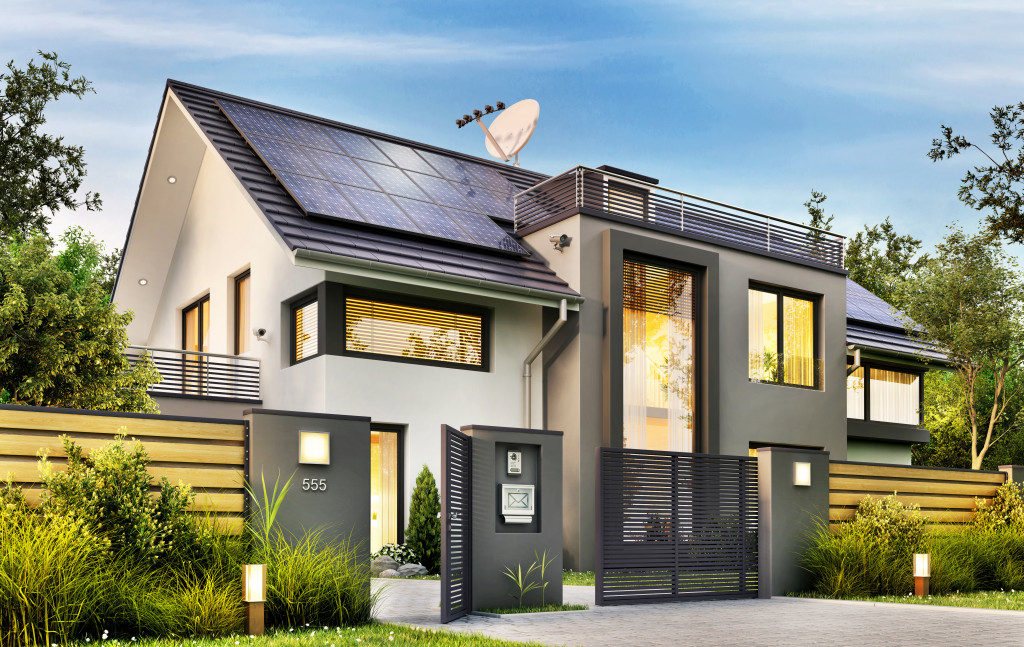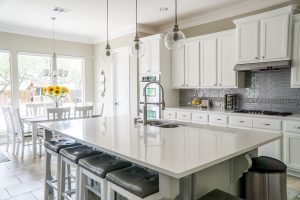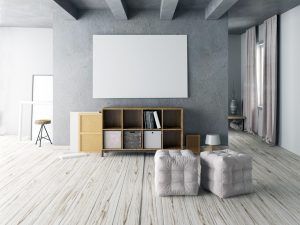Climate change is one of the most pressing issues facing our world today. The Earth’s climate is changing at an unprecedented rate, which significantly impacts the environment and human societies. Climate change is caused by several factors, including human activities such as burning fossil fuels and deforestation. Therefore, it is essential to be aware of the causes of climate change and the potential impacts it could have on our planet.
Global warming refers to the overall increase in the Earth’s average surface temperature. This is different from climate change, which can refer to long-term and short-term changes in the Earth’s climate. Global warming is caused mainly by human activities, much like climate change, such as burning fossil fuels and emitting greenhouse gases into the atmosphere. As global temperatures continue to rise, it is likely that we will see more extreme weather events, such as heatwaves, hurricanes, and floods. Climate change and global warming are huge issues that need to be addressed urgently.
Much like climate change, global warming is caused by several factors. We need to take action to reduce our emissions of greenhouse gases, and we need to prepare for the potential impacts of climate change.
The world is addressing both problems in a variety of ways. Many are handling these two world-ending problems by changing the way their homes work.
People’s homes play a significant role in emissions. As a result, green homes are becoming more popular. But what is a green home exactly?

What’s a Green Home?
Green homes have many energy-saving features, like solar panels, rainwater harvesting, and gray water reuse. Living in a green home is one of the best ways to reduce your carbon footprint. You will save on your energy bills, but you’ll also be doing your part to help fight climate change. But these aren’t the only factors that contribute to green homes. Some green homes are based on how they are built.
Green Construction
Building a home from sustainable materials is one way to make it green. Sustainable materials come from renewable resources or can be reused or recycled. For example, bamboo is a sustainable material used for flooring, furniture, and more. Bamboo grows quickly and doesn’t require much water or pesticides to thrive. Other sustainable materials include wool, cork, and linoleum.
When building a green home, builders also use energy-efficient construction methods. These methods help reduce the amount of energy needed to heat and cool the home.
For example, using insulation made from recycled materials can keep homes warm in the winter and cool in the summer. Using polycarbonate roofs from suppliers can also make a difference in insulation. These kinds of roofs are known to contribute to better insulation. Building a green home is one way to help the environment. But there are other ways to make your home more sustainable, too.
Green homes can also be determined by how their household gets its food supplies.
Sustainability
Sustainability plays a significant role in green homes. Sustainable living means living in a way that doesn’t undue stress on the environment. That includes using resources wisely and reducing your carbon footprint. There are many ways to be sustainable in your everyday life.
One way to reduce your environmental impact is to eat sustainable foods. Sustainable foods are those that come from renewable resources. For example, fruits and vegetables grown organically without pesticides or fertilizers are considered sustainable foods. Meat and dairy products from animals raised on pastureland without hormones or antibiotics are also sustainable.
Lastly, green homes can also be determined by how their owners use energy.
Energy-Use
Not all green homes have to use renewable energy. Some green homes rely on lower energy consumption than others. Turning off lights when you leave a room, unplugging electronic devices when you’re not using them, having energy-efficient appliances, and utilizing smart devices to control energy consumption are all viable options for a green home aside from using renewable energy sources.
Ultimately, a green home is defined by the factors explained above. There is no one way to build a green home. Instead, it’s a mix and match of those things. A green home can be identified from its energy use alone.
Every little bit counts when it comes to sustainability. Making even small changes in your daily life can add up to a big difference for the environment.
Green living is about more than just being environmentally friendly. It’s about making smart choices that will help you save money, conserve resources, and protect the planet. So start making some changes in your home today and see how easy it is to go green!





